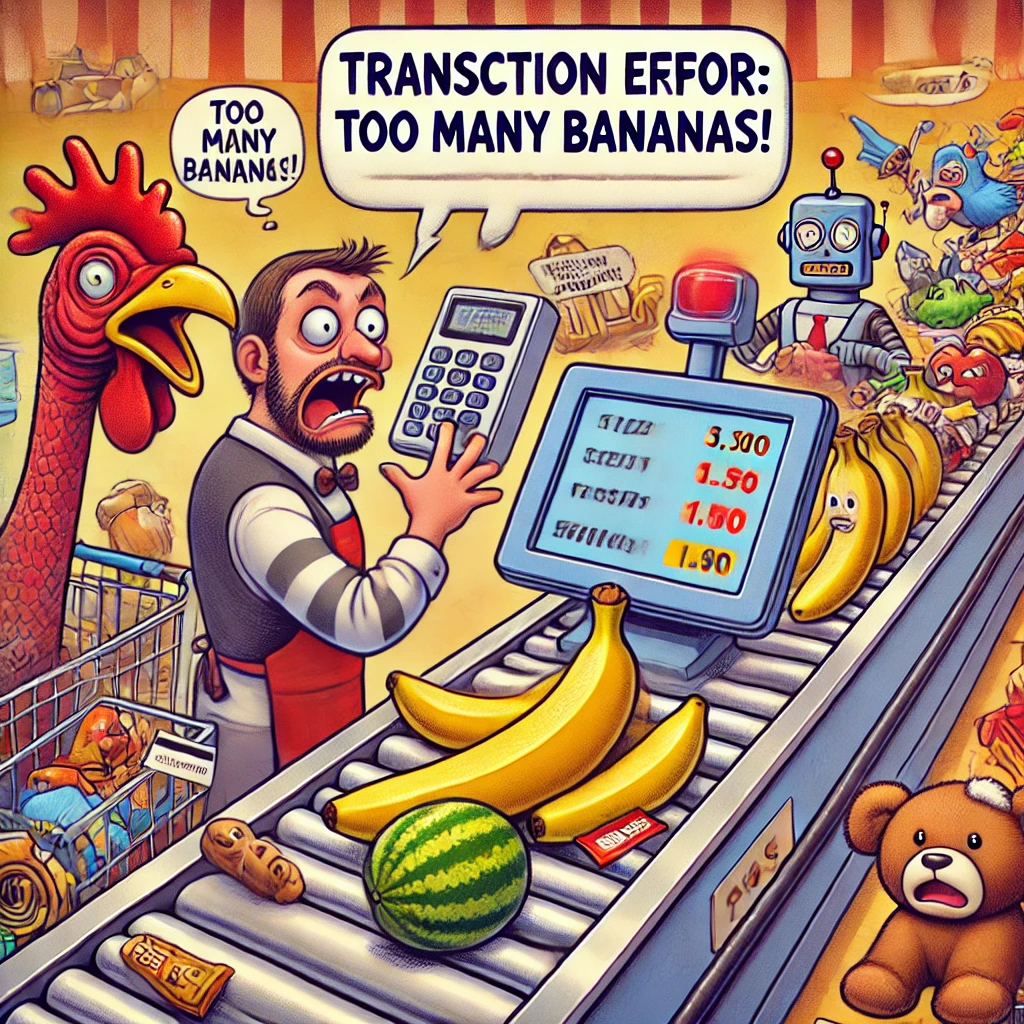
In this comprehensive guide, we’ll explore everything SaaS founders need to know about Point of Sale (POS) systems.
We’ll cover the fundamentals, essential features, business models, ROI calculations, future trends, and common challenges.
Whether you’re considering entering the POS market or looking to integrate with POS systems, this guide will provide you with practical insights and actionable knowledge.
What is a Point of Sale (POS) System?
A Point of Sale (POS) system is where a customer makes a payment for products or services at your business. Modern POS systems have evolved far beyond simple cash registers into comprehensive business management tools. Think of it as the central nervous system of a business, where sales, inventory, customer data, and financial transactions converge.
Let’s look at how Square, a leading POS provider, transformed from a simple mobile card reader into a comprehensive business platform. When Square launched in 2009, they solved a specific problem: allowing small businesses to accept credit card payments through their smartphones. Today, their system handles everything from appointment scheduling to payroll management, demonstrating the evolution of modern POS capabilities.
Key Components of a Modern POS System
Hardware elements typically include:
- Payment terminals: These can be standalone devices like Clover’s terminals or mobile devices with card readers like Square’s system
- Receipt printers: Either physical printers for paper receipts or digital systems for email receipts
- Cash drawers: For businesses that still handle cash transactions
- Barcode scanners: For retail environments with large inventory
Software components include:
- Transaction processing software: The core system that handles payments
- Management dashboard: Where business owners can view reports and manage settings
- Mobile apps: For accepting payments and managing business on the go
- Backend systems: For data storage and processing
Types of POS Systems
Modern POS systems come in three main varieties.
Cloud-based systems, like Toast POS for restaurants, store data online and offer accessibility from anywhere.
On-premise systems store data locally, offering more control but less flexibility.
Mobile POS systems, like Square’s original offering, turn smartphones and tablets into payment terminals.
Toast’s success in the restaurant industry showcases the power of industry-specific POS solutions. By focusing solely on restaurants, they built features specifically for that market, like table management and menu modification tracking, which helped them grow to a multi-billion dollar company.
Essential Features of Modern POS Systems
Modern POS systems go far beyond simple payment processing. Let’s examine the core features that make them invaluable for businesses, using real-world examples from successful SaaS companies.
Payment Processing
Stripe’s payment processing capabilities showcase what modern systems can do. They handle multiple payment methods (credit cards, digital wallets, buy-now-pay-later), support various currencies, and provide robust fraud protection. A modern POS system should offer similar flexibility and security.
Inventory Management
Shopify’s POS system demonstrates excellent inventory management. It tracks stock levels across multiple locations, automatically orders new stock when levels are low, and provides insights into which products are selling best. This real-time tracking helps businesses prevent stockouts and overstock situations.
Customer Relationship Management
Consider how Square’s customer directory works: it automatically creates customer profiles, tracks purchase history, and enables targeted marketing campaigns. This helps businesses build lasting relationships with customers and increase repeat business.
The SaaS POS Business Model
The POS market presents significant opportunities for SaaS founders. The global POS software market is expected to grow substantially, driven by retail modernization and the shift to digital payments.
Revenue Models and Pricing Strategies
Successful POS SaaS companies typically employ a combination of revenue streams.
Let’s examine Toast’s pricing model as an example:
Base subscription fees: They charge monthly fees based on the number of terminals and features needed. For instance, their starter plan might cost $69/month per terminal.
Transaction fees: A percentage of each payment processed, typically ranging from 1.8% to 2.8% plus $0.15 per transaction.
Hardware sales or leasing: Revenue from selling or leasing POS terminals, card readers, and other equipment.
Add-on services: Additional revenue from premium features like advanced analytics, marketing tools, or industry-specific solutions.
ROI and Business Impact
Understanding the return on investment (ROI) is crucial for both POS providers and their customers. Let’s break down the calculations and benefits.
Cost Analysis Example
Consider a retail business implementing a modern POS system:
Initial costs:
Hardware (2 terminals): $1,000
Setup and training: $500
First month subscription: $100
Monthly costs:
Subscription: $100
Transaction fees (on $50,000 monthly revenue): $1,250
Support and maintenance: $50
Benefits:
Reduced labor costs (automation): $800/month
Improved inventory management: $500/month
Increased sales (better customer targeting): $2,000/month
Reduced errors: $200/month
Monthly ROI calculation:
Total Benefits: $3,500
Total Costs: $1,400
Net Monthly Benefit: $2,100
Future Trends in POS
The POS industry is rapidly evolving with new technologies and changing consumer preferences. Companies like Block (formerly Square) are leading innovation in several key areas:
Mobile payments are becoming increasingly prevalent, with solutions like Apple Pay and Google Pay gaining widespread adoption. Successful POS systems must adapt to these changing payment preferences.
Artificial Intelligence is being integrated into POS systems for inventory forecasting, fraud detection, and personalized customer recommendations. For example, Shopify’s Kit acts as an AI assistant, helping merchants with marketing and inventory management.
Omnichannel integration is becoming crucial as businesses operate across multiple channels. Modern POS systems need to seamlessly connect in-store, online, and mobile sales channels while maintaining consistent inventory and customer data.
Common Pitfalls and How to Avoid Them
When developing or implementing a POS solution, be aware of these common challenges:
Security risks are paramount in payment processing. Ensure compliance with PCI DSS standards and implement robust security measures. Square’s success partly came from making security a top priority from day one.
Scaling issues can arise as your customer base grows. Lightspeed POS learned this lesson early and built their system to handle high transaction volumes across multiple locations from the start.
Customer adoption problems often stem from complex interfaces or insufficient training. Toast’s success partly comes from their focus on user-friendly interfaces and comprehensive training programs.
Conclusion
The POS industry offers significant opportunities for SaaS founders, but success requires careful planning and execution. Focus on solving specific industry problems, prioritize user experience, and stay ahead of technological trends.
For SaaS founders looking to enter this market, consider starting with a specific industry vertical, like Toast did with restaurants, rather than trying to serve everyone. Build strong security measures from the start, and focus on creating an intuitive user experience that solves real business problems.
Remember that the most successful POS companies today started by solving specific problems for specific markets before expanding their offerings. Whether you’re building a new POS system or integrating with existing ones, focus on creating real value for your target market.

Leave a Reply